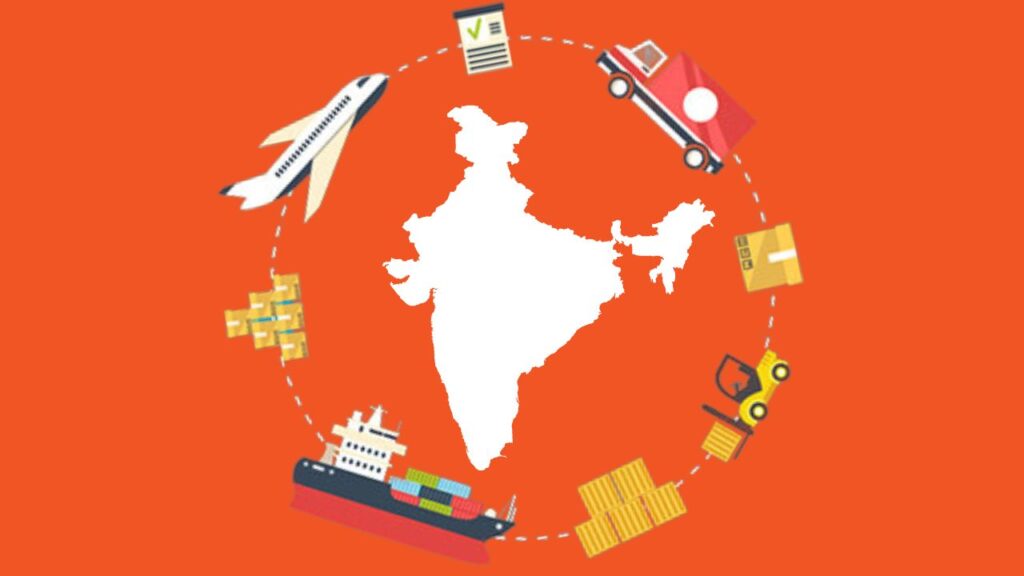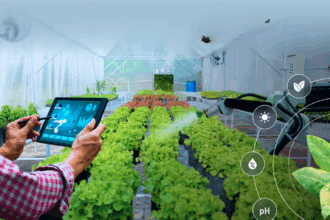India’s supply chain landscape has undergone a significant transformation over the past decade, driven by a series of impactful government initiatives. These initiatives aim to streamline logistics, enhance infrastructure, and foster economic growth. In this blog, we will delve into some of the key initiatives and their impact on the supply chain, as well as outline key expectations for the future.
Key Government Initiatives
1. Make in India (2014)
Launched to transform India into a global manufacturing hub, the Make in India initiative encouraged domestic and foreign companies to manufacture in India. This has spurred investment in infrastructure, technology, and skills development, enhancing the manufacturing sector’s efficiency and integrating it more deeply into global supply chains.
2. Sagarmala Project (2015)
The Sagarmala Project aims to modernize India’s port infrastructure, enhance port connectivity, and promote port-led development. By reducing logistics costs and improving the efficiency of coastal transportation, this initiative has bolstered the maritime supply chain, facilitating smoother trade flows and reducing dependence on road and rail transport.
3. Goods and Services Tax (GST) Implementation (2017)
The introduction of GST was a game-changer for the Indian supply chain. By replacing multiple state and central taxes with a single tax, GST simplified the tax structure, reducing logistics costs and time. This led to more efficient warehousing and transportation networks, as companies could consolidate warehouses and optimize supply chains without worrying about state-level taxes.
4. Bharatmala Pariyojana (2017)
This ambitious road development program aims to improve the efficiency of road transportation across the country. By constructing new highways, upgrading existing roads, and enhancing connectivity to remote areas, Bharatmala Pariyojana is significantly reducing travel times and logistics costs, thus boosting the overall supply chain performance.
5. Pradhan Mantri Gram Sadak Yojana (PMGSY)
Focusing on rural connectivity, the PMGSY has significantly improved road infrastructure in rural areas. This has enhanced the last-mile connectivity of supply chains, enabling businesses to reach previously inaccessible markets and integrate rural producers into the broader supply network.
5. National Logistics Policy (2020)
The National Logistics Policy aims to create a unified logistics ecosystem by reducing costs, improving efficiency, and promoting the seamless movement of goods across the country. It focuses on standardizing logistics processes, leveraging technology, and fostering greater coordination among various stakeholders in the supply chain.
6. Dedicated Freight Corridors (DFCs)
The development of the Eastern and Western Dedicated Freight Corridors is a strategic move to enhance rail freight capacity. These corridors are designed to facilitate faster and more reliable movement of goods, reducing transit times and costs. This has had a profound impact on the supply chain, especially for heavy industries and bulk commodities.
Key Expectations for the Future
1. Enhanced Digitalization and Technology Integration
The future of the Indian supply chain lies in embracing advanced technologies such as artificial intelligence, blockchain, and the Internet of Things (IoT). These technologies can enhance transparency, improve tracking and traceability, and optimize inventory management. The government is expected to support this digital transformation through policies and incentives.
2. Sustainable and Green Logistics
With increasing global focus on sustainability, there is a growing expectation for the Indian supply chain to adopt greener practices. This includes the use of electric vehicles for transportation, renewable energy in warehouses, and eco-friendly packaging solutions. Government policies promoting sustainability and offering incentives for green initiatives will be crucial.
3. Improved Cold Chain Infrastructure
To support sectors such as agriculture, pharmaceuticals, and food processing, there is a pressing need to develop robust cold chain infrastructure. Government investment in temperature-controlled logistics and storage facilities will ensure the safe and efficient movement of perishable goods, reducing wastage and enhancing food security.
4. Skill Development and Workforce Training
As the supply chain industry evolves, there is a growing demand for skilled professionals. Government initiatives aimed at vocational training and skill development will be essential to build a competent workforce capable of leveraging new technologies and driving innovation in the supply chain sector.
5. Greater Public-Private Partnerships (PPPs)
To achieve ambitious infrastructure and logistics goals, increased collaboration between the public and private sectors is expected. Public-Private Partnerships (PPPs) can bring in the necessary investment, expertise, and innovation required to enhance the supply chain infrastructure and services.
6. Integrated Multimodal Transport Network
The development of an integrated multimodal transport network that seamlessly connects road, rail, air, and sea transport is crucial. Such integration will facilitate the efficient movement of goods, reduce transit times, and lower logistics costs. Government efforts to streamline and coordinate various modes of transport will be key to achieving this goal.
Conclusion
Over the past decade, the Indian government’s initiatives have significantly reshaped the supply chain landscape, driving efficiency, reducing costs, and fostering economic growth. As we look to the future, continued focus on technology, sustainability, infrastructure development, and workforce training will be vital to maintaining this momentum and ensuring that India’s supply chain remains competitive on the global stage. By addressing these key expectations, India can build a resilient, efficient, and future-ready supply chain ecosystem.







